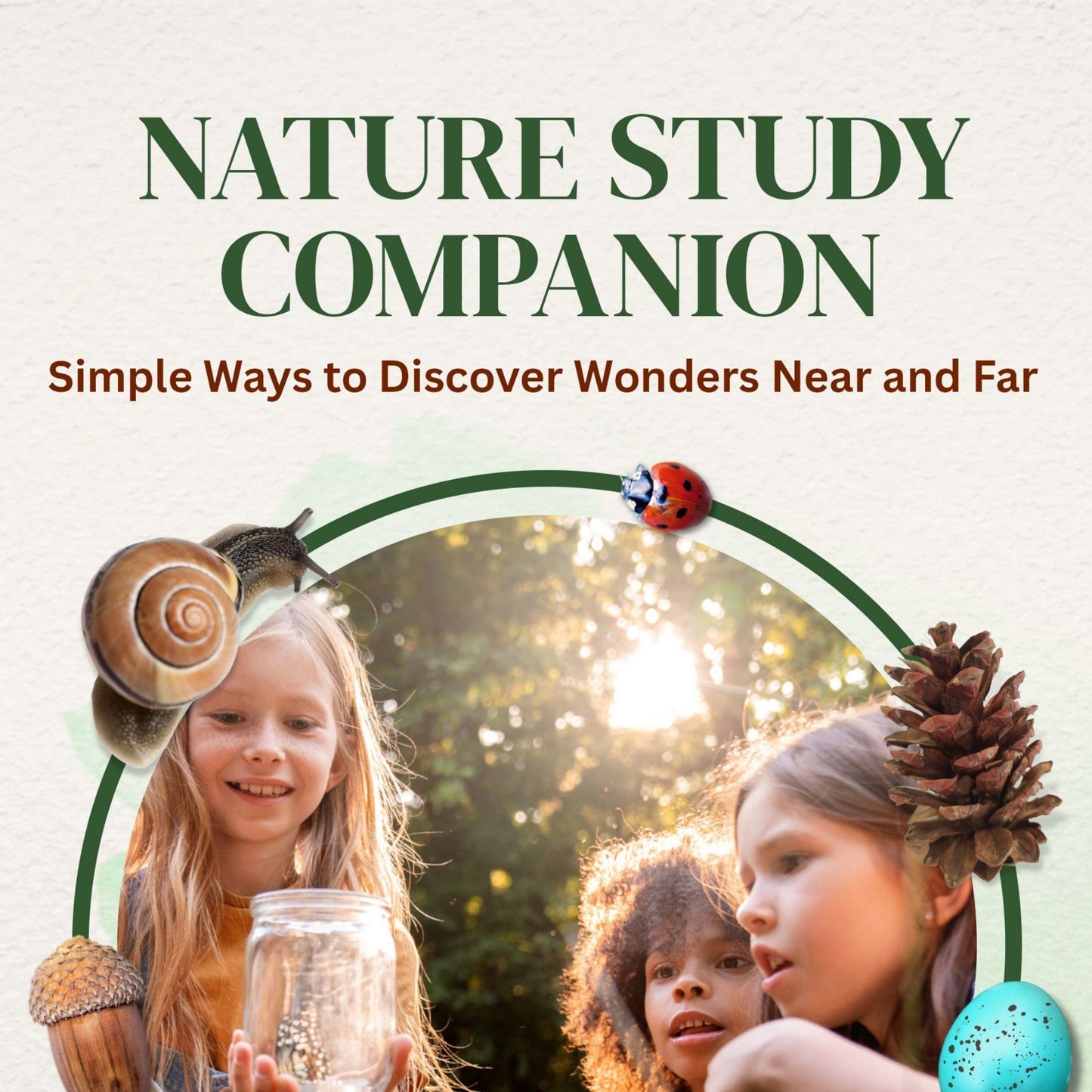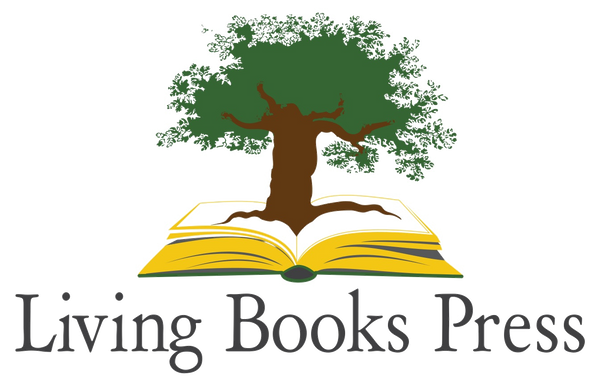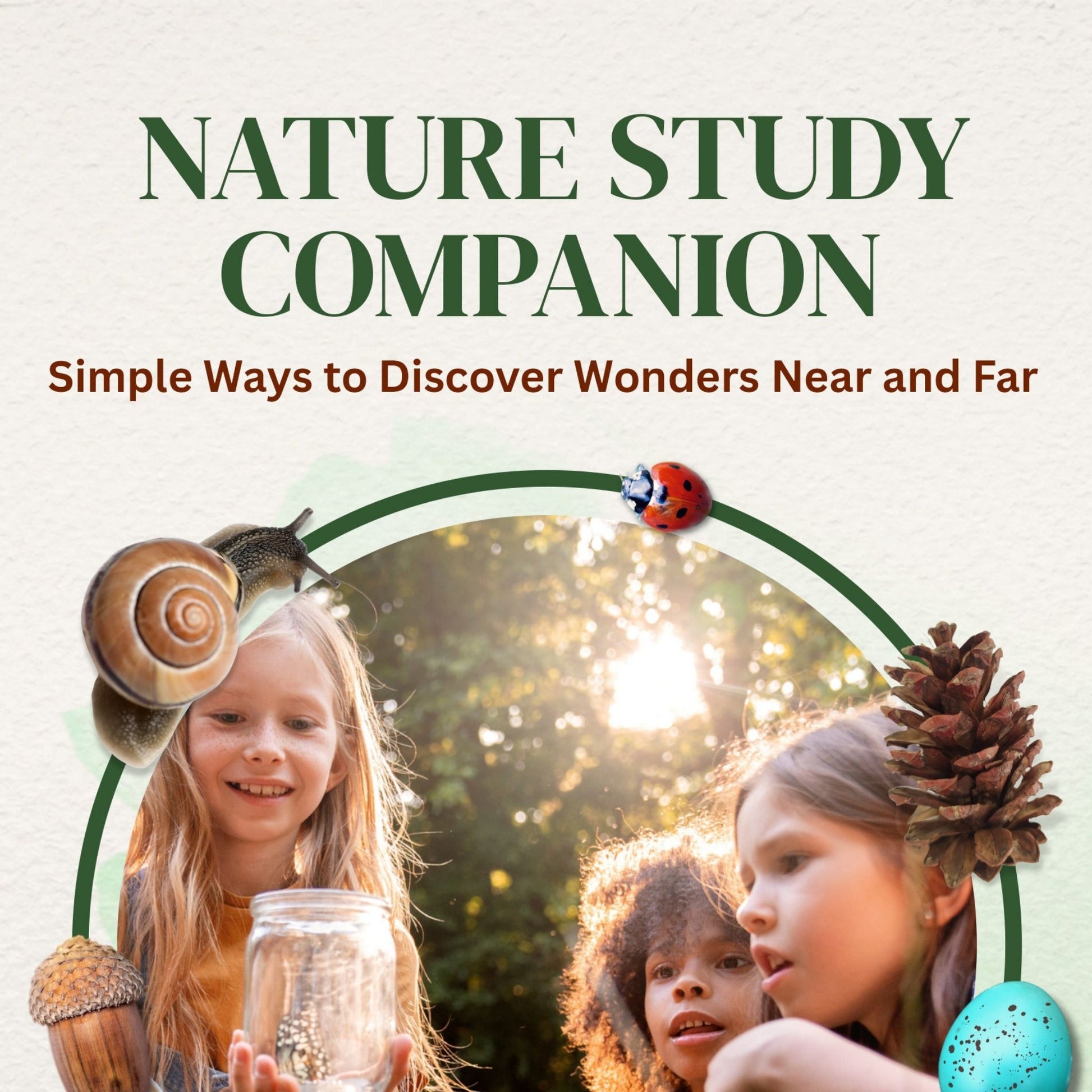What Is a Living Book—and Why Does It Matter?
A living book is a book that feeds the mind and fires the imagination.
Charlotte Mason described it simply and beautifully: a living book is “well put and well told.” It is written by an author who knows his subject, cares about it, and conveys it with clarity, warmth, and storytelling skill.
Children respond to such books with interest—and interest awakens attention, retention, and real learning.
In Parents and Children, Charlotte Mason wrote:
“There is never a time when they are unequal to worthy thoughts, well put; inspiring tales, well told.”
—Parents and Children, p. 263
These two phrases—well put (well written) and well told (engagingly presented)—capture the essence of a living book. But there is more beneath the surface.
Living Books Spark Ideas
A true living book doesn’t just convey information.
It awakens something within the reader.
Charlotte Mason explained that a living book should cause “that sudden, delightful impact upon their minds… that intellectual stir which marks the inception of an idea.”
(School Education, p. 178)
That spark matters.
It is what moves learning from memorizing facts to forming connections, asking questions, feeling wonder, and seeing meaning.
A Living Book vs. a Typical Textbook
Modern textbooks often reduce subjects to summaries, fact lists, and short paragraphs. Important people and ideas appear only in quick references. The mind receives fragments—but little that nourishes.
A living book, by contrast, places the reader inside the story of discovery.
For example, a traditional science text might give Louis Pasteur a few sentences. A living book—like Louis Pasteur: Founder of Modern Medicine—carries you into his laboratory, his failures, his perseverance, his grief over losing daughters to disease, and the fierce compassion that drove his research.
You don’t merely learn about Pasteur.
You meet him.
And because of that encounter, the ideas remain.
This is the power of a living book.
What Makes a Book “Living”?
Charlotte Mason offered helpful guidance:
- A living book can be long or short, old or new.
- It can be written by a great writer or an unknown one.
- It may be easy or challenging.
- What matters is that it is “informed with the ideas proper to the subject of which it treats.”
(School Education, p. 178)
In other words:
A living book is alive with ideas, not merely information.
It has a real author speaking to a real reader with genuine knowledge, insight, and care.
Why Living Books Matter Today
Living books matter because they respect the mind of the child.
They introduce young readers to:
- rich vocabulary
- noble thoughts
- real people
- great deeds
- living ideas that grow with them
Children nurtured on such books become readers who expect depth, beauty, and meaning. They develop attention, imagination, moral insight, empathy, and delight in learning.
Living books help form not only the intellect—but also the character.
This is why Charlotte Mason insisted:
“We must train a race of readers who will demand literature.”
—Parents and Children, p. 263
Living books do exactly that.
How to Recognize a Living Book
With a little practice, you will easily spot them. Look for books that:
- are written in a warm, narrative, or story-like voice
- convey ideas through people, events, discovery, or vivid description
- stir curiosity or imagination
- linger in the mind long after reading
- make a child want to read “just one more chapter”
When in doubt, ask:
Does this book awaken something in the mind—or merely deliver information?
If it awakens, it is living.
At Living Books Press
This is why we publish and recommend living books.
They nourish the mind.
They honor the child.
They invite the whole family into a rich feast of knowledge, imagination, and truth.
Living books matter—because ideas matter, and children deserve the very best of them.
Sheila's Top Ten Living Books for Starting a Home Library
Unsure where to start? These ten living books form a strong foundation for any home library.
Download the free list.
Sheila's Top Ten Living Books List
Living Books Press
Nature Study Companion: Simple Ways to Explore Wonders Near and Far
Share


